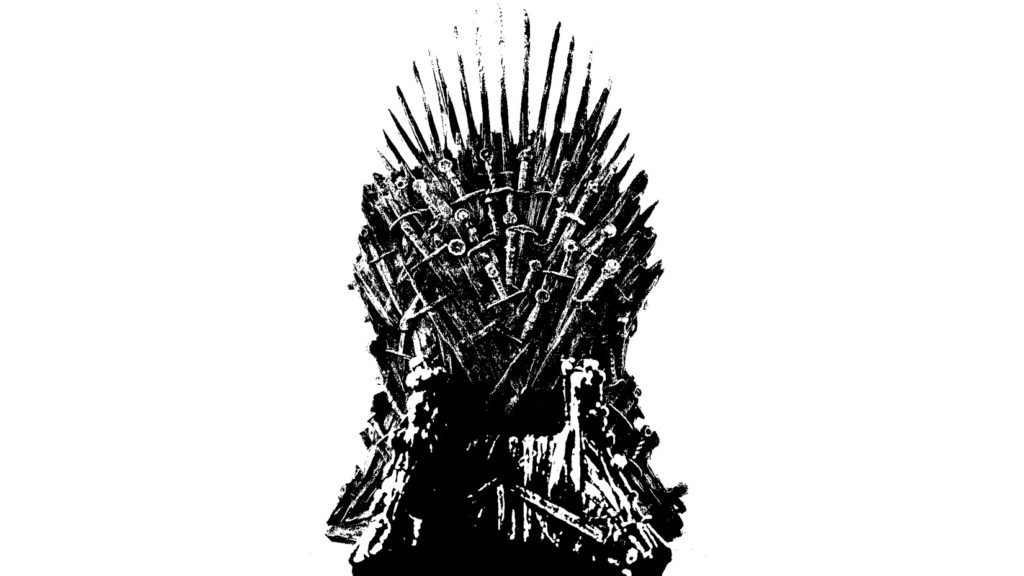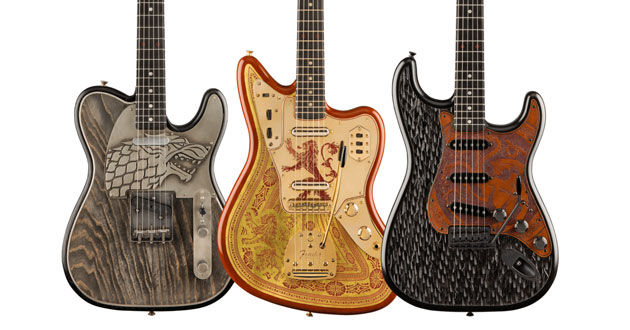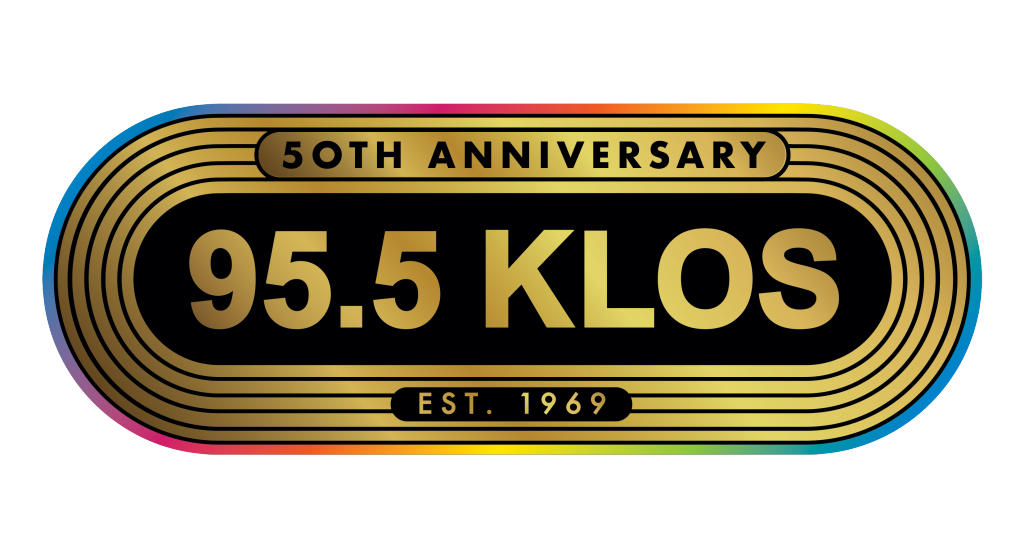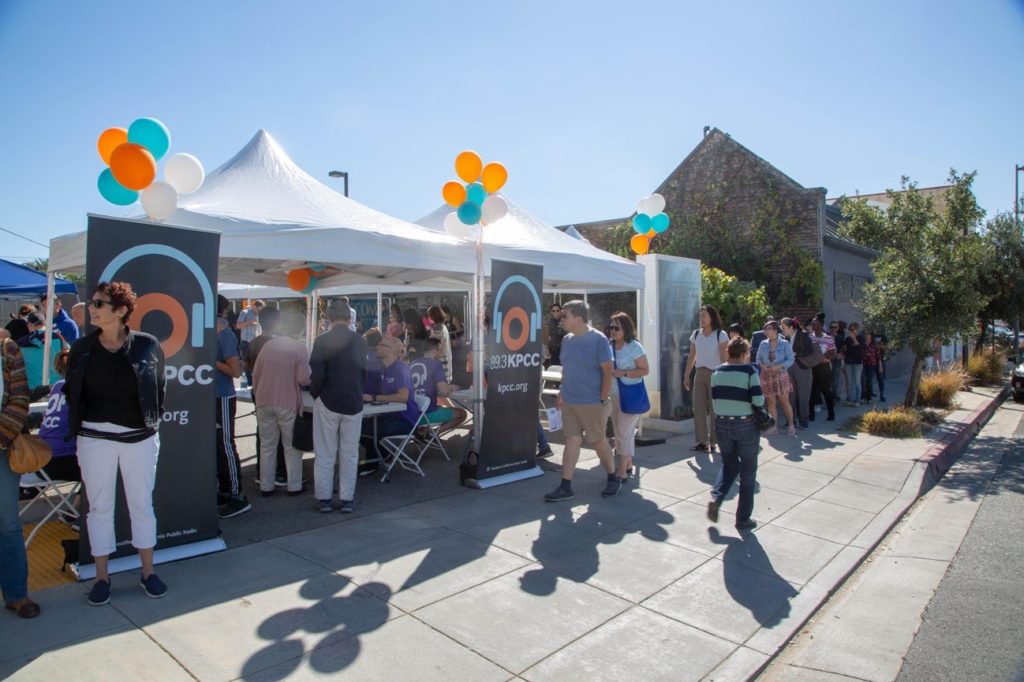
The final season of Game of Thrones is now officially half over, and for us fans, it has already delivered on a not-so-easy promise. As we all know, most TV series tend to jump the shark at some point, and the last episodes become increasingly difficult to pull off. But as many true fans of GoT would likely affirm, so far, so good in the quest to learn who will end up sitting on the Iron Throne.
What’s fascinating about this amazing HBO series – that often feels like individual, high-budget, brilliantly produced, epic films – is how so many people have never seen the show. I run into people consistently who tell me, in some cases proudly, they’ve never watched a single episode of GoT. But that’s the nature of the current television business model, fragmented across network, cable, pay TV, and video streaming networks. It is possible to have a “hit” show while not reaching even a plurality of viewers.
These days, “cume” victories for TV shows have become rare, but shows of loyalty among niche groups may be over the top, especially for a franchise like GoT. Because HBO doesn’t “drop” the entire season at once – like Netflix or Amazon do – more and more fans find they’re watching each new episode in real time on Sunday nights. It’s the first time in years I can recall making an appointment to consistently watch a television show – not an event like the Super Bowl or the Oscars. So far, I’m three for three since season 8 kicked off earlier this month, anchoring myself in front of the TV on Sunday nights.
What does all this say about the state of media content in our overcrowded worlds of entertainment and information?
It’s an increasingly clear sign about the importance of fans – to a TV series or a radio show or station. Thanks to social media, fans form groups, and take part in detailed, intimate conversations about the culture of a show or personality. Whether it’s people standing outside in long lines in bad weather at Apple Stores or at movie theaters showing Avengers: Endgame, producers are intensely aware of the impact that core fandom has on pop culture content and brands.
GoT is no different as its team has turned up the heat on its character relationships this season, satisfying fans by tying together loose ends, arranging reunions among characters that haven’t interacted in years, and answering questions that fans have been asking forever on social media.
A recent story in Quartzy by Adam Epstein – “‘Game of Thrones Leaned Hard Into Fan Service – And It Totally Worked” – explains that catering to a show’s P1s – its biggest loyalists – can pay off.
Part of the reason why GoT is hitting home runs deep into Season 8 is because it knows its storyline, its personalities, and its fans. And it’s serving up plot lines and twists that have a high likelihood of working.
When someone becomes a fan of your station, and stays with you for years, through the inevitable lineup changes, ownership shifts and even the miscalculations, they deserve special treatment.
If you want to get a sense of how deep this can run, a look at a New York Times story by Alex Marshall, “Who Gets a ‘Game of Thrones’ Tattoo?”, will resonate with radio’s best programmers and air talent.
Last week in London, fans waited in line at a promotion by NOW TV (a UK streaming platform) to get free GoT tats. But unlike random fans who are just in it for the freebies, a tattoo is a much more permanent show of loyalty to a show. And when Marshall talked to these GoT über P1s, he learned that it’s very much about how fans identify with stories and characters.
For 24 year-old Rebecca Gosnell, this was her first tattoo. And this dermal tribute to GoT was all about being inspired by its characters, many of whom are underdogs fighting to come back from their circumstances.

The merch surrounding GoT reveals some amazing product extensions, too, including a line of Fender guitars, named after the series’ key families. The lowest priced axe – or guitar – is the “House of Stark Fender Telecaster” for $25,000. “Winter IS coming,” at a very high price for core fans. Premier Guitar quotes Fender EVP Justin Norvell: “As existing fans of the series, we couldn’t be happier with the final results and this partnership overall.”
Catering to fans is something many radio stations – and their core personalities – have the ability to do, but often do in a lukewarm way. And pop culture success like GoT suggest fans love to revel in a favorite show or station’s popularity and personal impact. So, why not deliver on that promise?
I look at this elite group of rock stations turning 50 years-old – KQRS, KLOS, KSHE, WMMR, and others – and it spells opportunities for these amazing stations and their generations of fans. And that underscores the value of celebrating these milestones with innovative local partnerships, creative merchandizing, and the ability to interact with stations’ personalities and staffers.

This last attribute is something that most GoT fans won’t be able to experience – personally meeting Kit Harington, getting “liked” on Facebook by Emilia Clarke, or hanging out on the set with Maisie Williams. But in radio, all these things – and more – are possible because of radio’s hometown roots. Public radio may not have the local personality depth of many commercial stations, but its fan base is no less rabid. After all, these stations derive the lion’s share of their financial support from listener donations.
Our Techsurveys strategically go right to the core – literally – of radio audiences, whether they’re in the commercial, public, or Christian music realms. None of this is to say that P2s or occasional cumers are not worthy. But implicit in winning in a fragmented media environment is a knowing focus on the core – the audience that has been there and will (hopefully) be there over the long haul.
“Open Houses” are common in public radio circles – opening the station for an afternoon or an evening to the audience, giving them the chance to hobnob with personalities, tour the studios, and meet the management team. These fan meetups are inexpensive, impressive to fans, and for the right brands, virtually guaranteed to leave core listeners feeling energized about the station, and later jumping on social media with their selfies to tell their stories.

The core audience matters at a time when declines in Persons Using Radio in Nielsen ratings is becoming a quiet scourge, easy to overlook when programmers, managers, and owners are myopically focused on just share and rank. Being #2 with 25-54 adults is far less impressive when the total population of broadcast radio listeners is undergoing steady shrinkage.
A realistic look at the changing nature of the media audience – specifically, broadcast radio listeners – might suggest circling the wagons around the core, ensuring they’re going nowhere. As for casual cumers, focus your financial and human resources on them at your own risk.
Radio programmers have been using the same strategic schematic for more than five decades now, acknowledging P1 tastes but always looking at the broader audience represented by secondary users and unintentional listeners. PPM mechanics have changed all that, swelling cumes with unintentional listening that is transient, coming and going with each successive weekly.
In tomorrow’s post, we’re going to dig deeper into what it means to “game the system” – especially mature games, like Jeopardy or broadcast radio ratings, in these modern hi-tech times.
Think of it as radio’s “Game of Fans.”
- Can Radio Afford To Miss The Short Videos Boat? - April 22, 2025
- Media And Technology In 2025: Believe It Or Not! - April 18, 2025
- In Radio, You Just Never Know - April 17, 2025




Creating fan base loyalty and intimate connection by planned appointment is the Holy Grail of all shows.
Remember when some hometown stations had storefront studios and folks would stop by to watch the personalities and action? Jocks and newsmen/women “did a show,” not a shift. How many of us caught the incurable radio flu that way? Radio was bigger than life, even in the advent of TV. “Always on remote, always doing a show.” Not necessarily recommending this, given the nature of our times, but with technology, many successful, personality-driven (rock) stations are doing an on-line version of the small town storefront studio.
Great comment, Jim. It will be forty years next year for me since I was bitten by that radio flu–watching the deejays in that shopping mall storefront window here in San Diego.
Yes, the storefront “window” may have been replaced (or in need of replacing) by the Windows on your computer, but regardless, may no cure ever be found! Thanks for sharing.